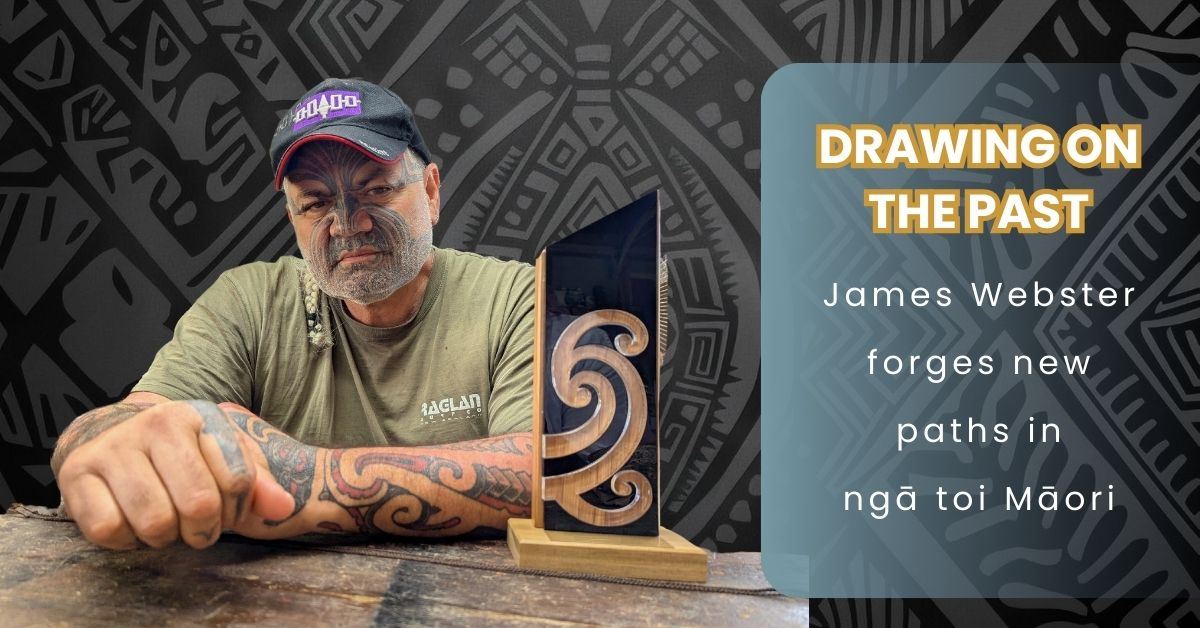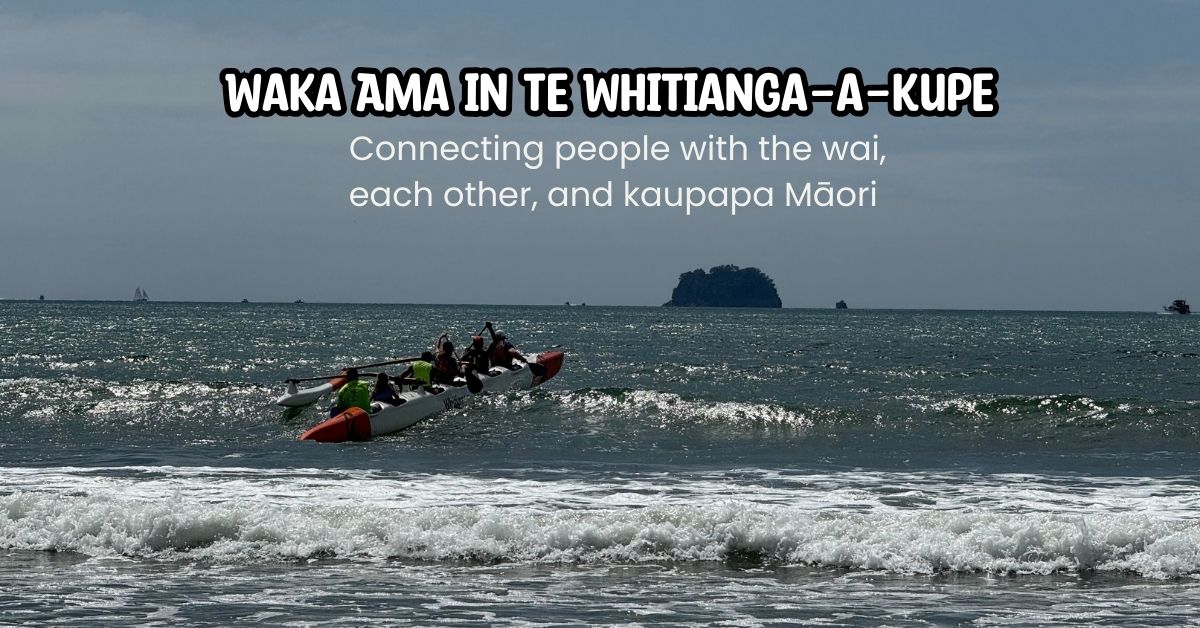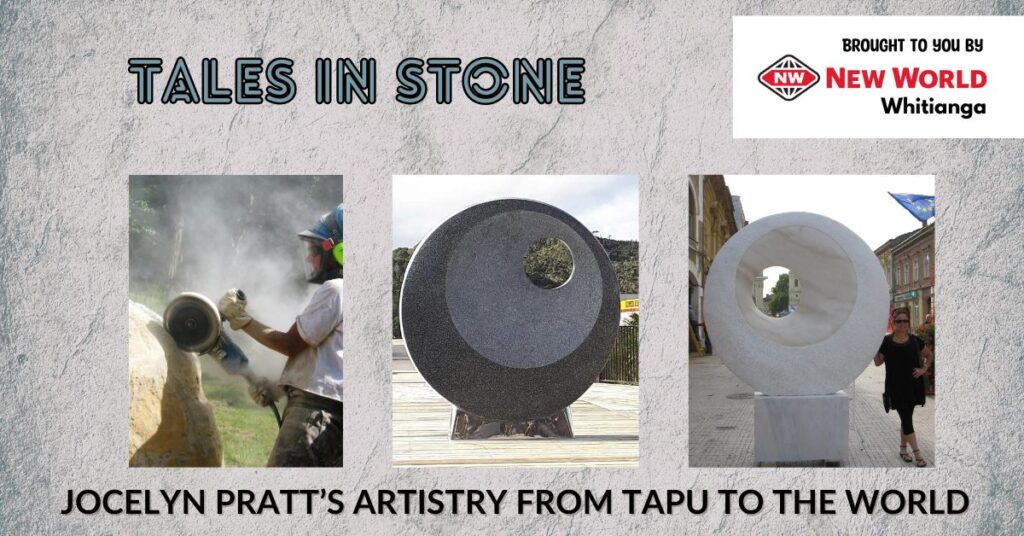
Jocelyn Pratt’s Artistry from Tapu to the World
Jocelyn Pratt’s passion lies in sculpting hardstone, where she explores and enhances the natural qualities of stone through form, polish, texture, light and shadow. Her creations celebrate the natural solidity and strength of stone, aiming to evoke a sense of tactile repose and optimism for societal change.
Based in Tapu on the Thames Coast, Jocelyn is a well-established stone sculptor currently preparing for an exhibition over Labour Weekend. As her studio is open by appointment only due to her frequent travels and sculpting away from home, it’s best to arrange a visit ahead of time.
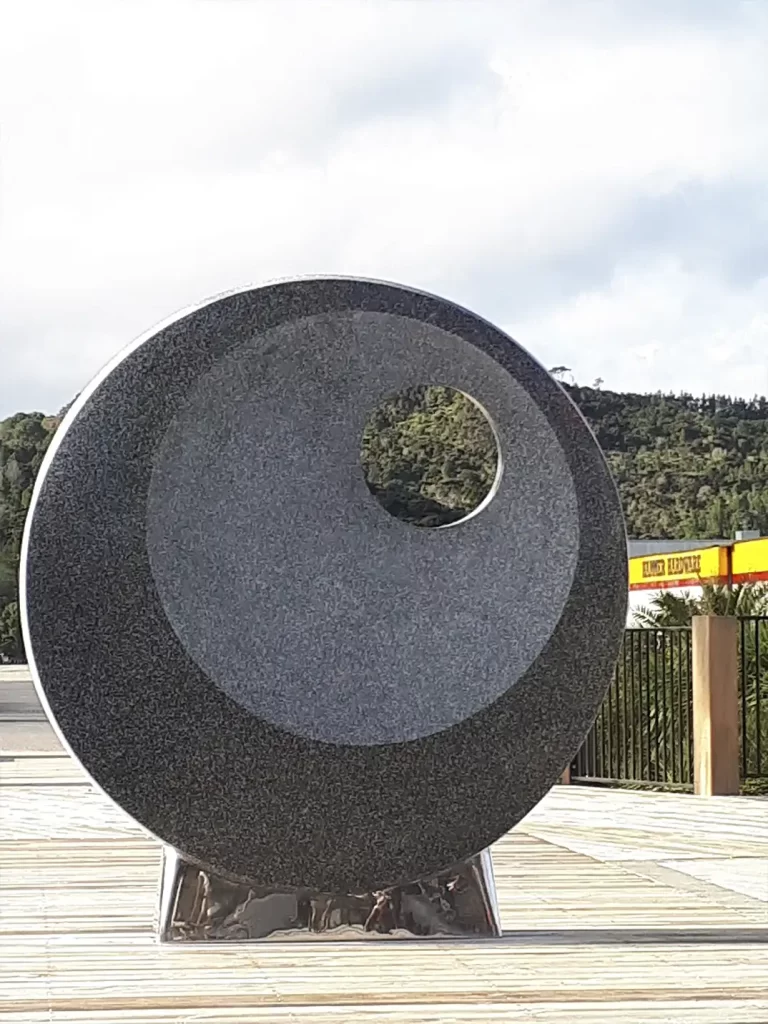
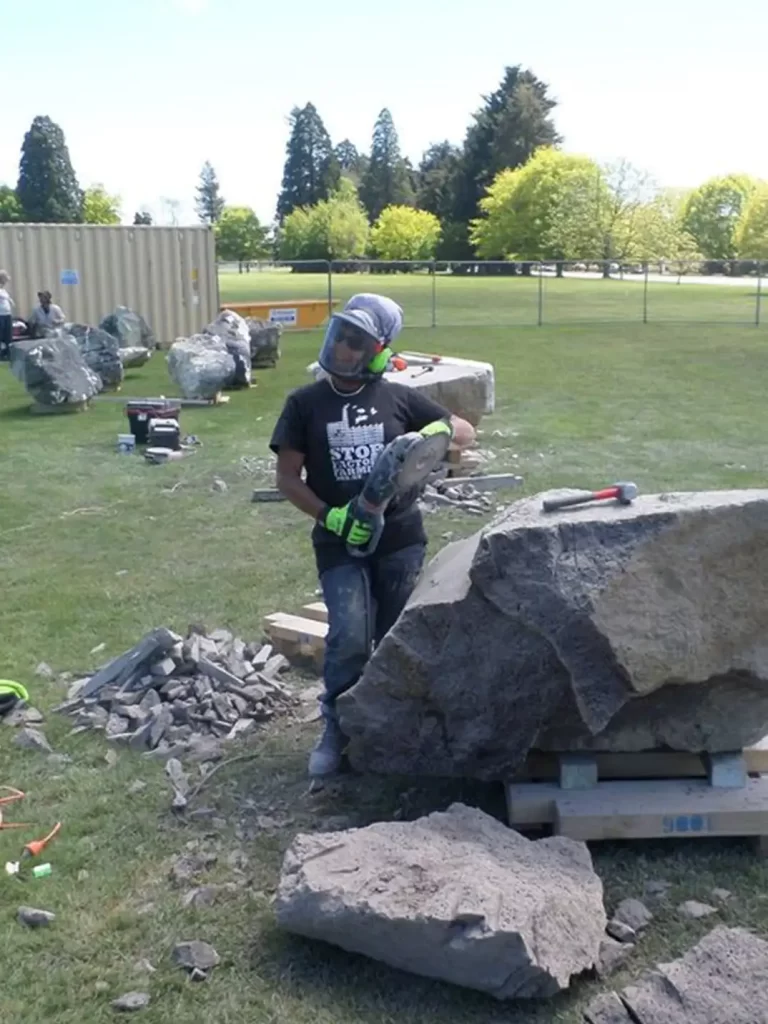
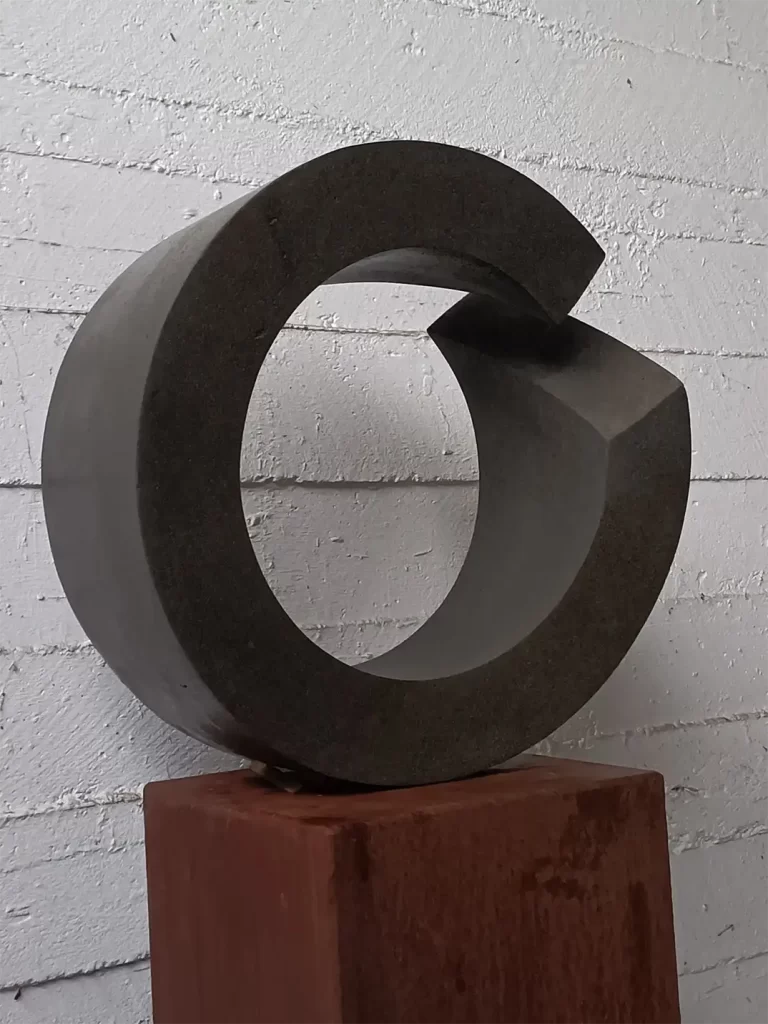
The exhibition is in collaboration with established Tapu artist Frances Peach who is presenting paintings in a variety of styles and mediums.
Jocelyn prefers to work with stone sourced from her local environment and continues to research geology and stone sourcing throughout Aotearoa. Finding and transporting suitable stone is often a challenging journey, as few quarries in New Zealand cut stone suitable for sculpting.
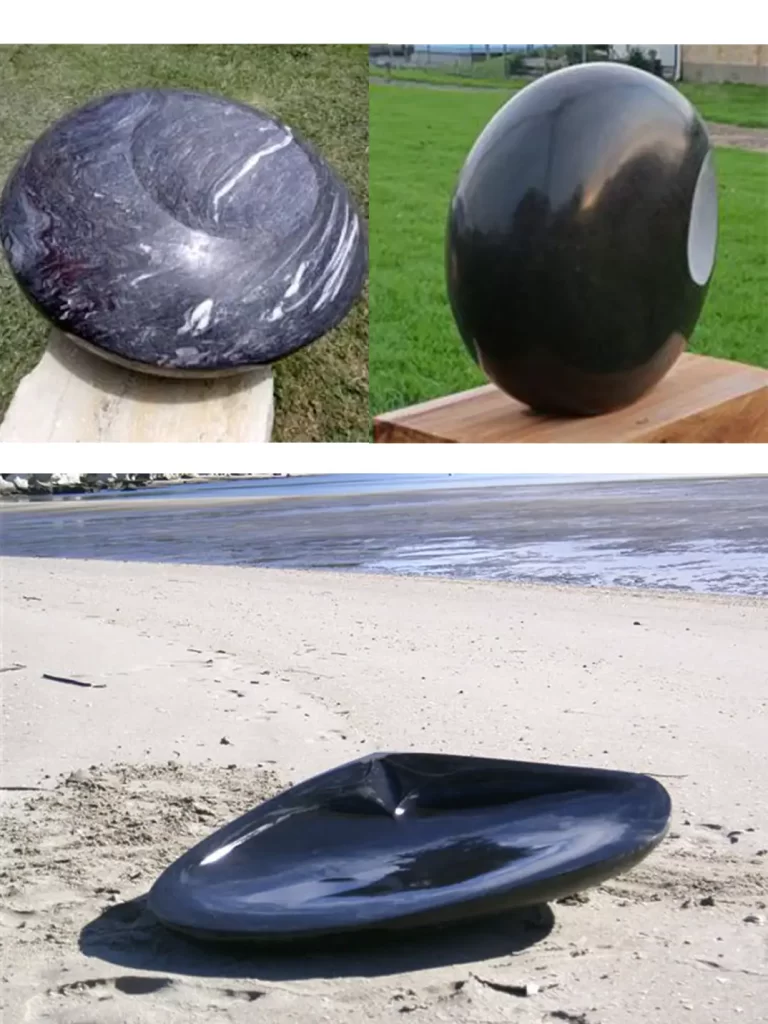
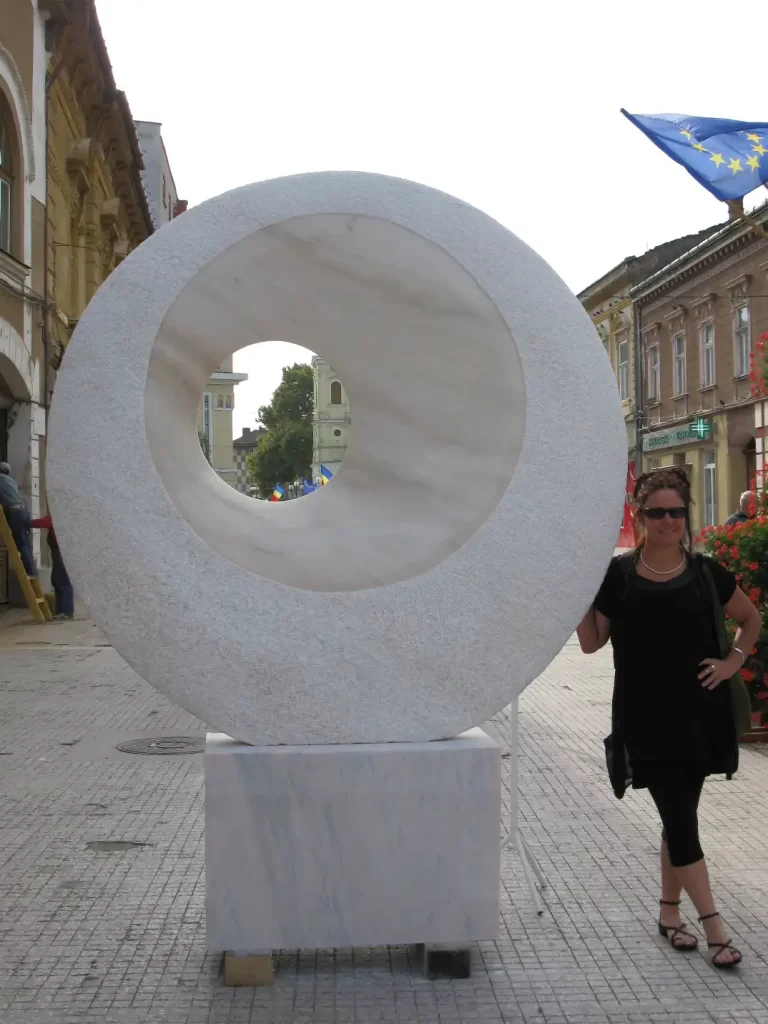
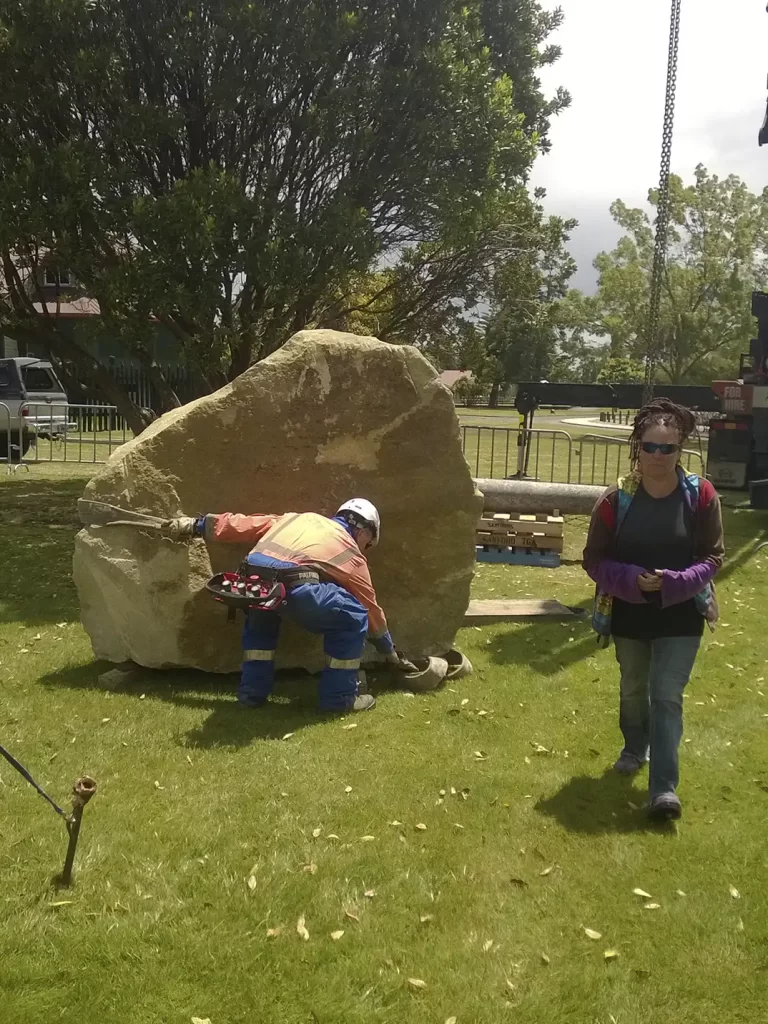
One of her notable public works, ‘Transit’, is displayed in Whitianga. This sculpture, made from granite tonalite, involved a 9000 kg rock left over from a quarrying project in Paritu. Jocelyn, with assistance from MAL, split the rock into a manageable size of 5000 kgs, moving it to Tapu to sculpt over several months; she then transported it to Whitianga, where it now stands as a testament to her skills and experience.
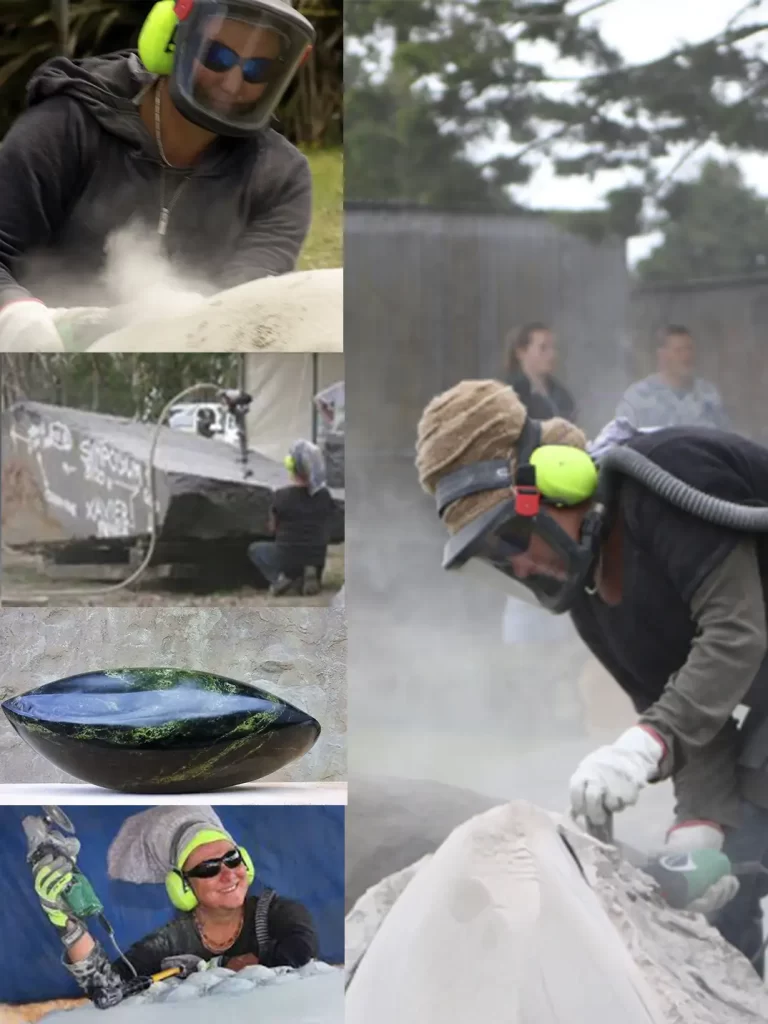
Other public works by Jocelyn in the region include ‘Bay Anchor’, made from Maratoto andesite and installed next to the ferry wharf in Whitianga, and ‘Memories’, crafted from Taranaki andesite and placed at Kaimarama Cemetery. In Paeroa, her works include ‘Sweet Lemon’, ‘Connections’ and ‘Anchor Stone 4 Paeroa’, all sculpted from Maratoto andesite generously donated by Brian Smith.
Jocelyn also sculpted the stone base of ‘Te Tau Kōtare’, a sculpture at the entrance to Thames, creating a large native mussel shell in Katikati basalt as the base to the wood and steel.
This project involved collaboration with Darin Jenkins (project concept design and wood) and John McKeowen (metal).
Sculpting volcanic stone is a labour-intensive process, often requiring over 100 hours per sculpture. The tools and equipment needed (including industrial diamonds for cutting, grinding and polishing, and tungsten chisels) are costly. With over 30 years of experience, Jocelyn has honed her technique and has also tutored others, including running a workshop at the recent Ngākau Symposium in Thames. Her meticulous attention to detail and flawless finishing reflect her dedication to her art form.
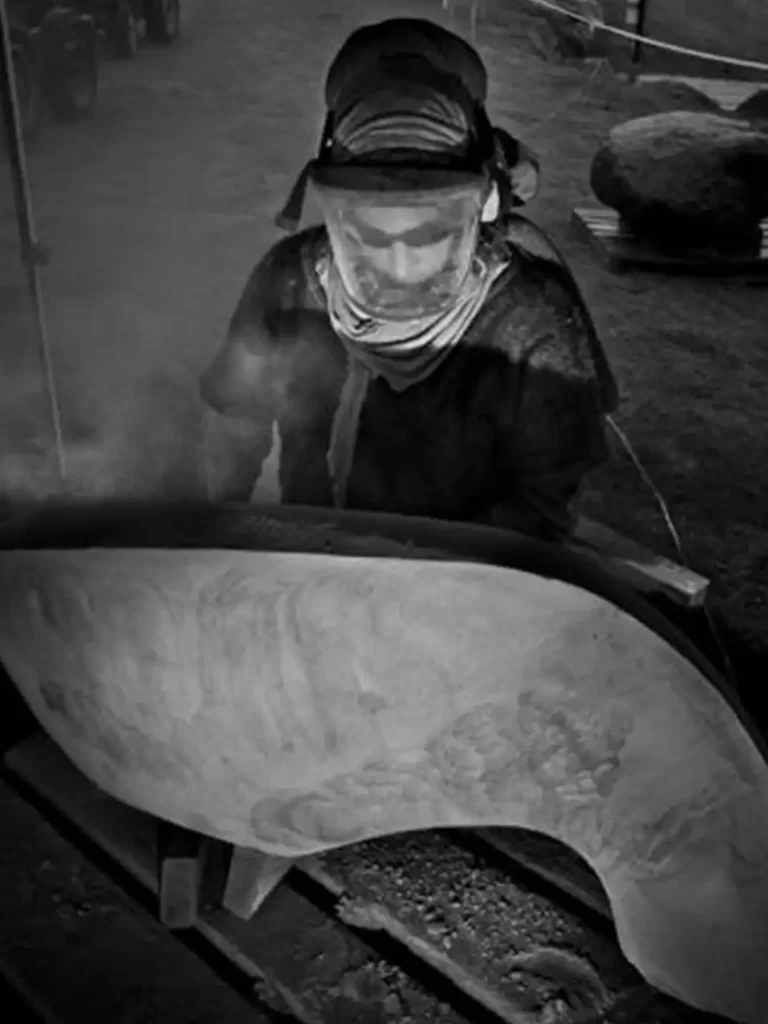
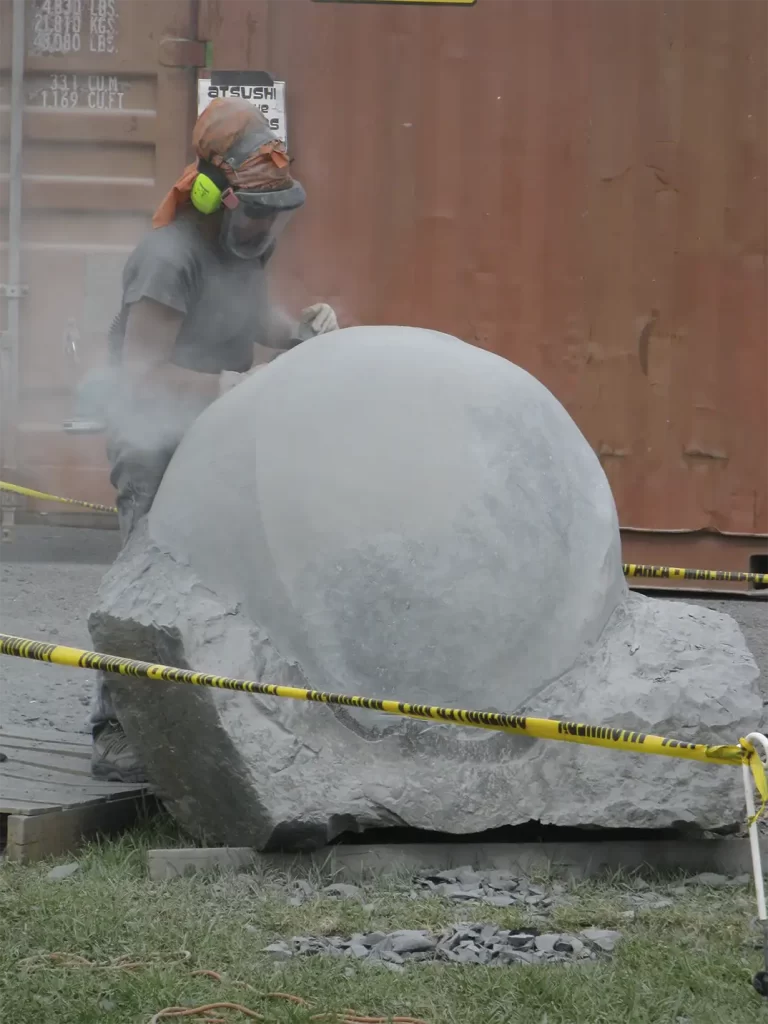
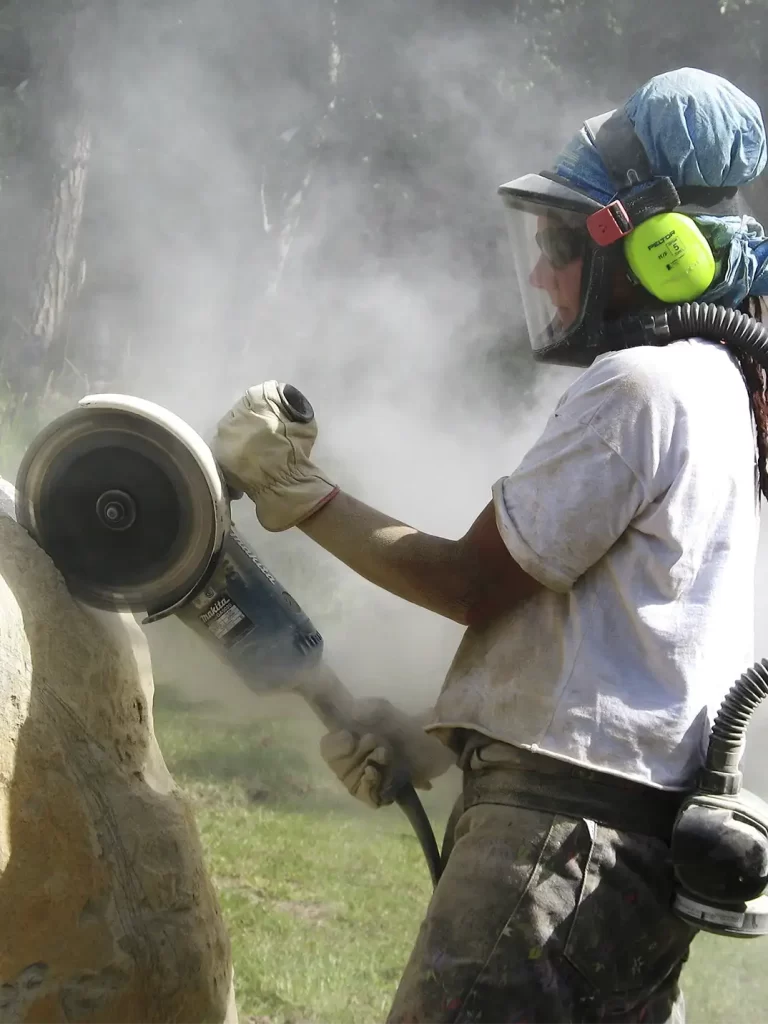
Jocelyn’s work is internationally recognised, with invitations to numerous international symposia where her monumental sculptures are installed in public places; these include works in Saudi Arabia, America, Argentina, Romania, Lithuania, Greece, France, Vietnam and Australia, with works in private collections in the Netherlands and Belgium. Her regular participation in the biennial Te Kupenga International Stone Sculpture Symposium in Taranaki (2002 – 2020, 2023) working in her favoured stone Taranaki andesite, and over 100 other symposia nationwide, has enriched her artistic perspective and skill.
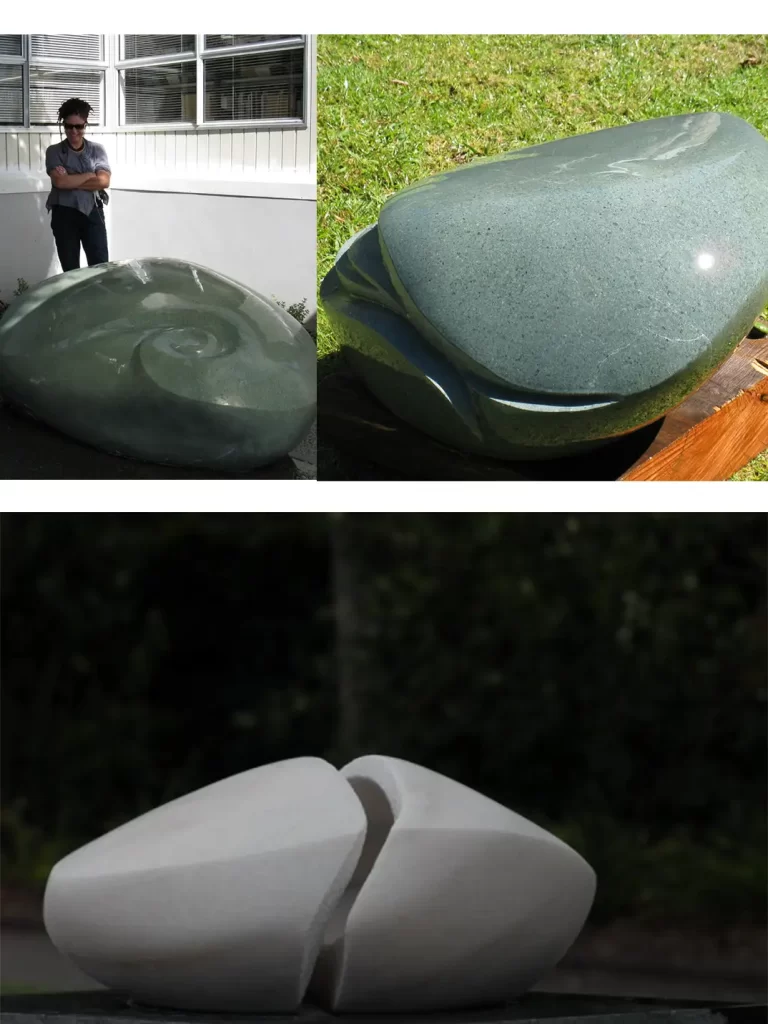
Her works are described as graceful, restful and stylishly simple, held in both public and private collections.
Although she works in all scales and types of stone, she prefers not to use ‘soft stone’. She enjoys the physical nature and challenge of hard stone, respecting the strength, durability and energy of the stone creating works that may appear soft but are hard.
In her upcoming exhibition, Jocelyn will present sculptures in a variety of stones, including andesite, basalt, granite, tonalite, quartz, serpentine, bowenite, marble, schist, and piemontite. Plinths may include Hinuera ignimbrite, Timaru basalt, Corten steel, and wood.
Jocelyn encourages viewers to form their own interpretations of her sculptures, though she provides an intent for each piece. Works in this exhibition include bird forms, works inspired by the local environment and works representing matters of conscience. In Easter 2025, she will be present in the studio throughout the exhibition, celebrating her body of work and welcoming visitors, along with painter Frances Peach. The studio is located at 748 Thames Coast Road. For more information, click here.
Words by Leonardo Magri
Brought to you by New World Whitianga



